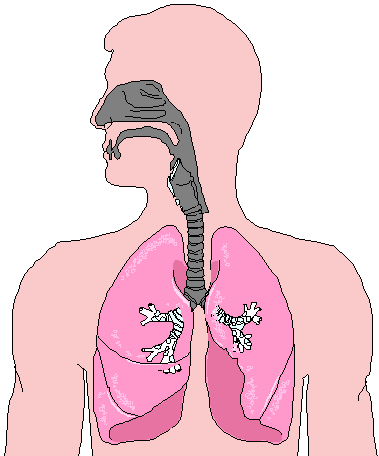Carbon Dioxide & Hypercapnia
Carbon dioxide is more than a by-product of respiration. It's also the stimulant that tells you to breathe. This is why your breathing rate varies according to your activity level. Your body produces carbon dioxide faster during heavy activity, so your body receives the signal to breathe more often than it does at rest.
If the levels of carbon dioxide become too high, you can suffer symptoms of hypercapnia. Symptoms include panic, breathlessness, dizziness, headaches, or even unconsciousness.
To safely control the levels of carbon dioxide in your bloodstream, you should breathe slightly slower and deeper when diving.
Breathing Rate
The air you exhale is lower in oxygen and higher in carbon dioxide than it was when you inhaled it. Some of this air remains in your windpipe, throat, and mouth after you exhale. When you inhale, you breathe the air from this dead air space before any fresh air enters your lungs. For this reason divers need to maintain a safe and efficient breathing rate to minimize built-up CO2 levels in the body. Depending on your instruction, you are either instructed to "breathe normally" or "breathe slightly slower and deeper."
To get an idea of a proper breathing rate, sit or lie down in a comfortable position, relax, and focus on your breathing rate. Slowly inhale until your lungs are full, pause, and exhale. Continue until the act of breathing in itself becomes a relaxing activity. This would be the proper breathing rate for a diver at rest. You are getting all the air you need, filling your lungs completely, and exhaling until the lungs feel empty.

The Danger of Skip Breathing
"Skip breathing" refers to a variety of breathing patterns or techniques that intentionally slow down your breathing rate, resulting in skipping breaths. Divers who practice these technique do so because they believe they will extend their airtime. But actually, it does the opposite because carbon dioxide levels are allowed to reach higher levels before exhaling, which results in the need to increase the breathing rate.